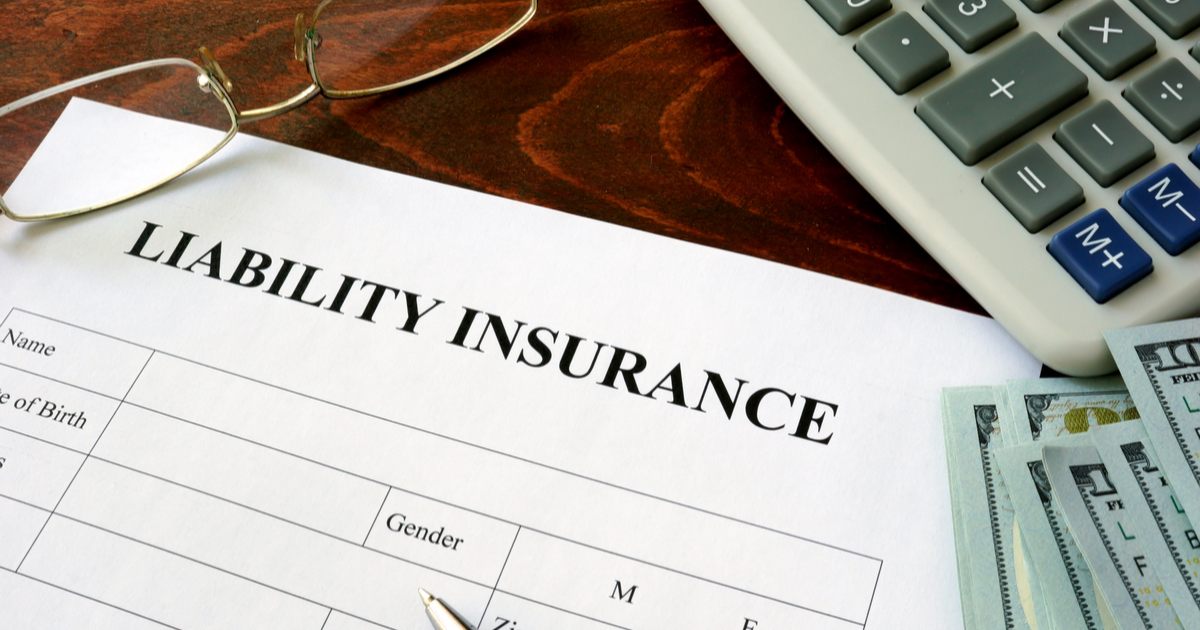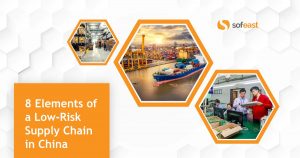If your company sells products on the US market, and in the unfortunate event some of these products cause consumer injuries, there is no cap on the damages you might be forced to pay. The cost of recalls and/or the amount of damages might lead your company straight to bankruptcy.
If you buy products from a Chinese supplier, and they only have assets in China, you will probably be unable to collect that cost back.
To mitigate this risk, many importers look into liability insurance. The idea is to cover some of these costs & damages. However, it is not that simple…
Who can contract such liability insurance?
The company that imports the goods and puts them on the market can do it.
Another approach is to work with suppliers that already have such a liability insurance.
Is it easy to find an insurance agent that accepts to issue this type of policy?
It has gotten harder and more expensive over time, from what I was told. And, according to the China Law Blog, it is near impossible to get that type of insurance in China.
Think about it. In the US, the likelihood of getting sued, as well as the expected amount of damages, has tended to increase over the past 20 years. This is probably true in many other countries, too. In addition, processing liability claims is probably relatively more complex than, say, can accident claims, and that means many insurers stay out of that market.
Is it easy to find a manufacturer that takes all those risks in their name?
If you purchase high volumes and you don’t mind paying a premium, you can probably find one. Here is what it would take:
- Look for a contract manufacturer that has liability insurance issued by a reputable institution and with a very high claim limit
- Double check that their policy would apply to your orders, including all cases where you want to be covered, and for a duration that makes sense for you (if you are in the US, it can mean more than 10 years)
- Have them modify the policy so that your company is insured, too
- Keep strict records about traceability in manufacturing and throughout the supply chain
- Set up your own processes in case a recall is needed — you still want to be prepared and, among other things, (1) react quickly and communicate appropriately to interested parties, (2) minimize the financial burden, and (3) collect all the data that will allow for a successful claim.
What type of supplier is more likely to be covered?
Clearly, large manufacturers.
And that’s an issue for many importers. As I wrote a few years ago, you need to decide what “level” of factories you want to deal with, as each one has their drawback.

If one goes on Alibaba and manages to avoid the trading companies, I am guessing they’d find the following breakdown:
- 35% of level 1 (many are too small to have any marketing & sales staff, so they don’t get listed)
- 60% of level 2
- 5% of level 3 (there are not that many large factories, in proportion)
- 0% of level 4 (those folks are few and far between and they usually don’t use Alibaba to find customers… think of them as unicorns)
If your volumes are not very high and if you value speed, flexibility, and relatively low prices, you CANNOT go for levels 3 and 4. And yet, levels 1 and 2 virtually never have a liability insurance policy.
If you work with a manufacturer that is not motivated by your business, you will be in much trouble and your business will suffer. That’s the wrong first step.
Will this kind of insurance protect you against all types of losses?
Definitely not.
If you get a whole batch of products that are defective and can’t be used/sold, your basic quality assurance processes have failed. You may have lost a lot of money, and may even have lost several customers, but this type of insurance won’t help.
If there are serious issues, and the product design–as instructed by your company–has a share of responsibility in those issues, same thing. No help. And, as I explained at length in Why Design Defects Are Behind Many Quality/Safety Issues, design defects are much more common than one might think.
—
I hope this article helped clarify this complicated topic. I’d love to have a few readers share their experiences. Please let me know by leaving a comment.
8 Elements of a Low-Risk Supply Chain in China
This FREE webinar will empower you to transform your supply chain in China to reduce risks. Two industry experts, Renaud Anjoran and Paul Adams from Sofeast, talk you through how to gain control over your product’s quality, on-time shipments, long-term pricing stability, and continuity of supply.
Ready to watch? Register by hitting the button below:


